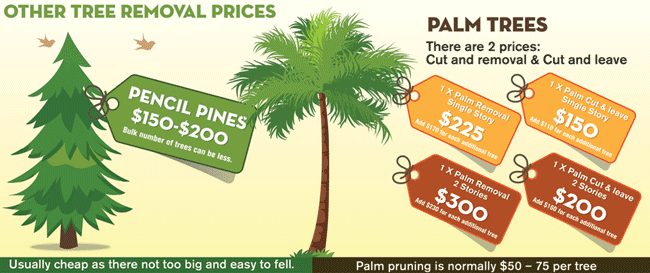Recognizing The Demand For Tree Removal: A Guide For Homeowners
Recognizing The Demand For Tree Removal: A Guide For Homeowners
Blog Article
Developed By-Kehoe Abrahamsen
Trees include charm and value to residential property, however they can additionally posture a risk during severe climate events. If a tree has stopped expanding, is exhibiting visible fungal growth, or has a leaning trunk, it ought to be removed by a specialist to stay clear of property damages and injury.
For https://www.realsimple.com/home-organizing/gardening/outdoor/landscaping-ideas-plan , participate in a property owner resource reasonable co-hosted by HPD, the Center for NYC Neighborhoods, and Brooklyn-based real estate partners this night in Bedford-Stuyvesant. The event will feature the Property owner Handbook, a new guide to assist house owners navigate the duties of having a home.
1. Dead or Perishing Branches
Trees are an integral part of your home's landscape, using color and elegance. They also supply shelter for wild animals and produce oxygen, however even healthy and balanced trees can experience health issue that might require their removal. Dead or passing away trees aren't just undesirable, they can be harmful. Their branches might fall throughout a storm, resulting in costly home damages and injuries.
When https://burningstumpsout94949.blogginaway.com/29918163/guarding-your-landscape-replanting-after-tree-removal begin to pass away, it means that its structure is starting to break down. If the majority of its branches are dead, it is most likely time to remove it.
Look for a lack of brand-new growth, bark peeling, open injuries or tooth cavities, fungis expanding on the trunk or origins and a basic appearance of decay in the entire canopy. These signs of infection can indicate a severe issue that will need expert tree solutions to resolve.
2. Leaning Trunk
While it's regular for trees to lean from time to time due to phototropism, if a tree has a harmful or serious lean that's not as a result of natural processes - maybe an indication that the tree requires to be gotten rid of. If the tree is leaning toward a power line, home, automobile, play structure or any other location that could be harmful to individuals if it falls, then speaking to a professional tree service for removal should be a top concern.
It's likewise crucial to expect any type of sudden changes in a tree's leaning as it can indicate damages to the roots or trunk that might lead to falling. This is especially true throughout stormy weather, because high winds and rain-soaked soil can cause a lean to change promptly. Regular surveillance, specifically during and after tornados can aid home owners acknowledge possible problems with their trees so they can call an arborist for a complete analysis.
3. Pest Infestation
Some pest invasions, such as wood-boring bugs like emerald ash borer or sap-suckers like scale pests, are so severe that they can trigger a tree to die. The best method to avoid pest problem is to check your trees regularly. Try to find places, openings, or stainings in the leaves and bark. Analyze the trunk for splits and signs of insect damage, such as tunnels or tracks.
If a tree becomes as well infested with bugs, or is close to a home or high-voltage line, an arborist may advise elimination. If a leaning tree develops a brand-new, unsteady lean, an arborist will likely suggest removal also to ensure the security of individuals and property. If a weakened or dead tree continually drops excessive branches, it is an indicator that it is time to get rid of the tree. If a tree remains to drop branches for a prolonged amount of time, it could bring about structural issues and possible property damages.
4. Damaged Trunk
Trees are an attractive and integral part of our landscape, yet they do call for routine like maintain them healthy and safe. If a tree is damaged irreparable it is most likely time for it to find down.
Try to find indications of damage to the trunk, consisting of upright cracks, joints, dead branch stubs, noticeable injuries or open tooth cavities and extreme tree-rot. The visibility of fungi at the base of the trunk is an additional alerting sign. Fungi might suggest that the phloem and xylem (life-support tissues) are endangered, allowing for the spread of illness or a future failing.
Additionally, think about whether the tree has actually stopped growing. https://how-to-get-rid-of-a-tree40950.blog2news.com/29910692/securing-your-landscape-replanting-after-tree-removal and balanced trees will certainly have new development annually, which may show up as buds or branches growing and expanding. If you do not see any kind of new growth, it's a great idea to have an arborist assess the tree and follow their suggestion for elimination. A passing away or damaged tree can fall and create property damage.